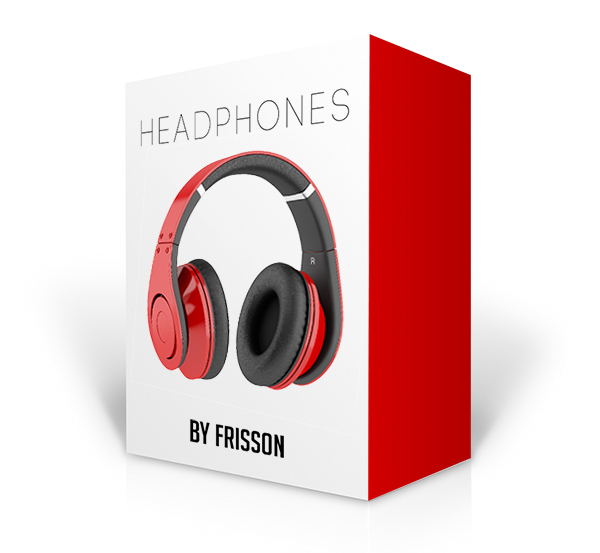Before you begin designing the packaging for a product you should understand the product's qualities, limitations, and uses. Knowing what the product is, who it's for, and what need it is trying to solve is the first step in coming up with a design that works.

First you need to study what the product is and does. Is it a food or drink? Cosmetic or clothing? A tool or device? Will you show the product on the package? No one would buy a shower curtain or a pair of headphones if the packaging didn't show what the stuff inside looked like. However, products like software programs and insurance policies are hard to advertise on the box-- a package showing lines of code or dense legal language probably wouldn't fly off the shelves. For products like these, a package design would likely be more abstract-- they might show cool, futuristic geometric shapes to associate the software with sophistication and technology, or present a happy family in a nice living room, secure in their knowledge that they're safely insured.

|

|
|
| If consumers can't see what's inside this headphone package, they'll never buy it. | Although this design shows what's literally inside the box, it's not very appealing to customers. |

|

|
|
| Now that they can see what these headphones look like, they might want to buy them. | Although they can no longer see exactly what's inside, the package design does a better job of communicating the software's appeal. |
You should also learn how a product is used to understand how to design packaging to meet the user's needs. Will the container be made out of hard plastic, thin cardboard, or clear glass? If you have a product that is poured, you will need to make it so that the customer can have a firm grip while using it. If a product is scooped, the container may be larger for the spoon to fit comfortably in it. Most of these decisions for physicality of the packaging will be made before the graphic design process begins; but these decisions will affect the way you layout your design.
